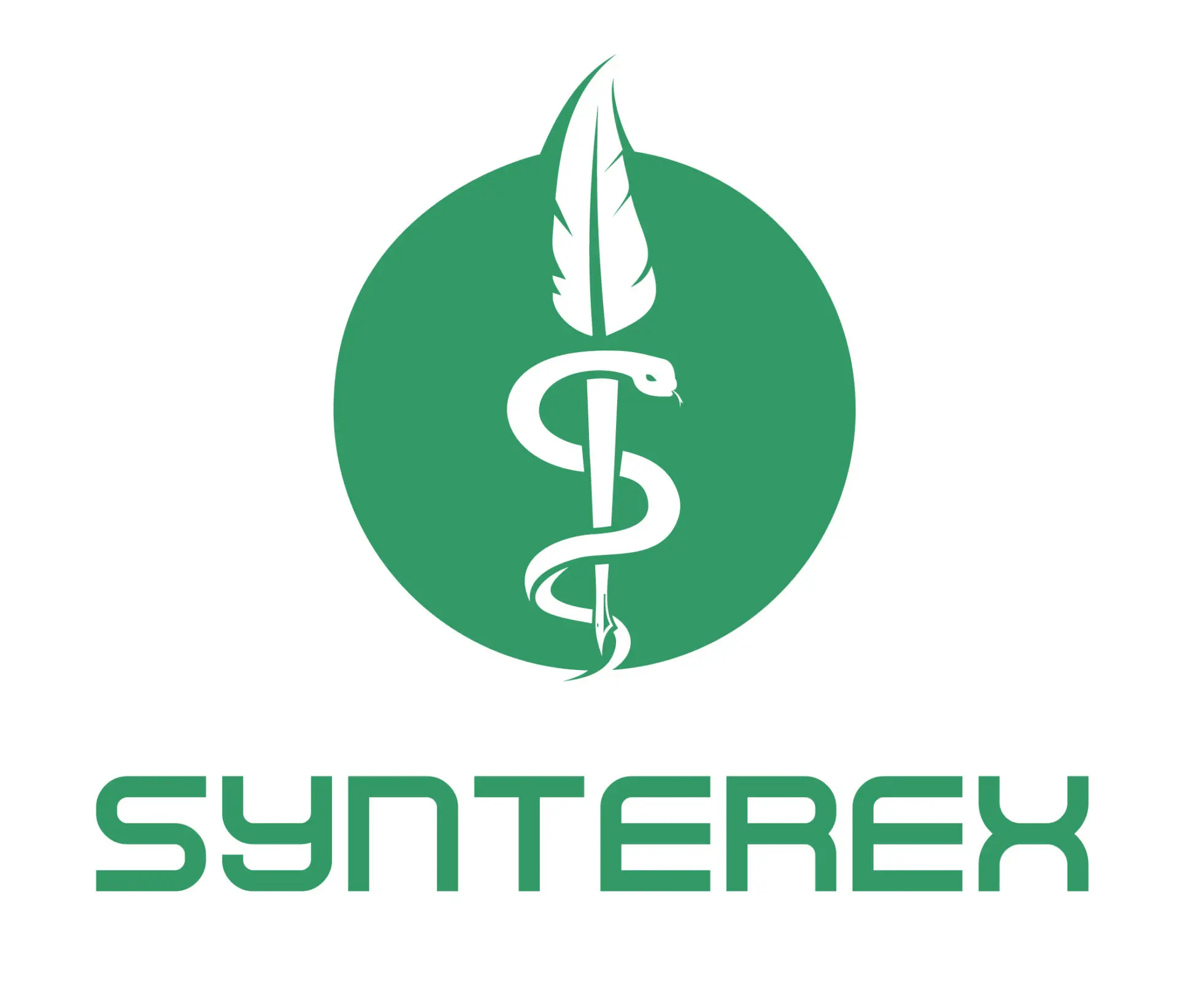Writing is often thought of as a solitary task. An author sits in a quiet, isolated environment, plugging away with their thoughts. With regulatory writing, this couldn’t be further from the truth. Instead, it’s often a chaotic mix of emailing colleagues, coordinating timelines, and managing input from stakeholders. As a medical writer or project manager (or often both), how do we manage all the parts? Fortunately, knowing a few tricks and tools can help keep projects manageable and avoid issues, unnecessary stress, and delays.
Why can’t we just write?
As regulatory writers, we are asked to turn complicated content into a logical and easily understood form. We do this according to a prescribed timeline involving multiple departments, such as quality control and publishing. If there are delays anywhere along the timeline, they affect all involved and ultimately put the submission at risk.
Tracking each step, keeping everyone on task, and ensuring participants have what they need are all critical to project success. The writer is responsible for compiling all the source material and ensuring agreement on the writing among all stakeholders. Often this means using our skills in not only writing but also in facilitating communication, leading meetings, and coordinating departments.
Regulatory project management is a state of mind
Good regulatory project management starts with a healthy, positive mindset. Going into a project with an overview of the big picture and the goals is essential. This can help you decide what you really need to focus on. What is “mission critical” and what can be a lower priority?
Getting to know the team members is crucial to success as well.
- How do they work?
- Are they proactive in asking questions and responsive to yours?
- Do they work well together?
- Is there a strong leader on their side who can be your ally in keeping team members on track?
There is no one-size-fits-all approach to team management. Each team will have a communication style of its own, and this must be taken into account to get the best out of the members. Stay positive, learn what motivates the team, and provide them with your support in both attitude and expertise.
A good project manager not only keeps an eye on what is going on or coming up in the short term but also looks ahead to identify potential trouble spots. Be aware of new source material coming in; when is it expected, and will it already be in a usable format? Is each stakeholder aligned on their responsibilities, and do they have any out-of-office time coming up that will interfere? Who will ultimately make decisions if the team can’t agree on a technical point?
As regulatory writers, we rarely have the luxury of time to sort out issues when they occur, so being proactive can keep timelines intact.
Tools and communication
Technology is your friend. The most basic technological tool is, of course, email or messaging. Keeping in constant contact with your subject matter experts is critical. Don’t wait until the comment resolution period to ask questions and get clarifications if their comments aren’t clear. If you need to facilitate a team discussion, set a meeting and let them hash it out with your guidance.
The kickoff meeting is critical to clearly lay out expectations about timelines, reviewers, source materials, and—don’t forget—good review practices. It’s a good time to ensure you have the source materials you need or identify when they will be available. Be clear on what is expected from reviewers, not only what should be their areas of focus but also how they should review to produce actionable comments. Encourage them to work within their team to resolve questions outside of comment resolution meetings. Let the reviewers know that editing is your job; pointing out missing commas is not a good use of their time.
Use shared calendars to block time for review and comment resolution meetings, ensuring reviewers’ obligations are clearly laid out. You can focus stakeholders by using a 2-week look-ahead calendar that summarizes the most immediate activities.
When setting up a review, consider tagging individuals in their areas of expertise so they know which areas to focus on. Various review platforms have ways to close sections of the document to review so time isn’t spent on settled text. Be proactive in identifying comments that will need discussion and see if they can be resolved before the comment resolution meeting.
Results of good regulatory project management
Good regulatory project management can make a regulatory writer look like a superhero, particularly when working with an inexperienced team. Providing guidance and expertise beyond medical writing skills is invaluable to a productive and smooth experience. Communication is foremost, but proper planning and understanding the processes involved are critical, too. Take the time to lay out project needs and expectations and ensure the entire team is on board before starting. The stress reduction, time savings, and higher quality document that result are well worth the effort!
If your team needs assistance with regulatory project management for an upcoming submission, see Synterex Regulatory Strategy and Planning Services for an overview of how we can help.
